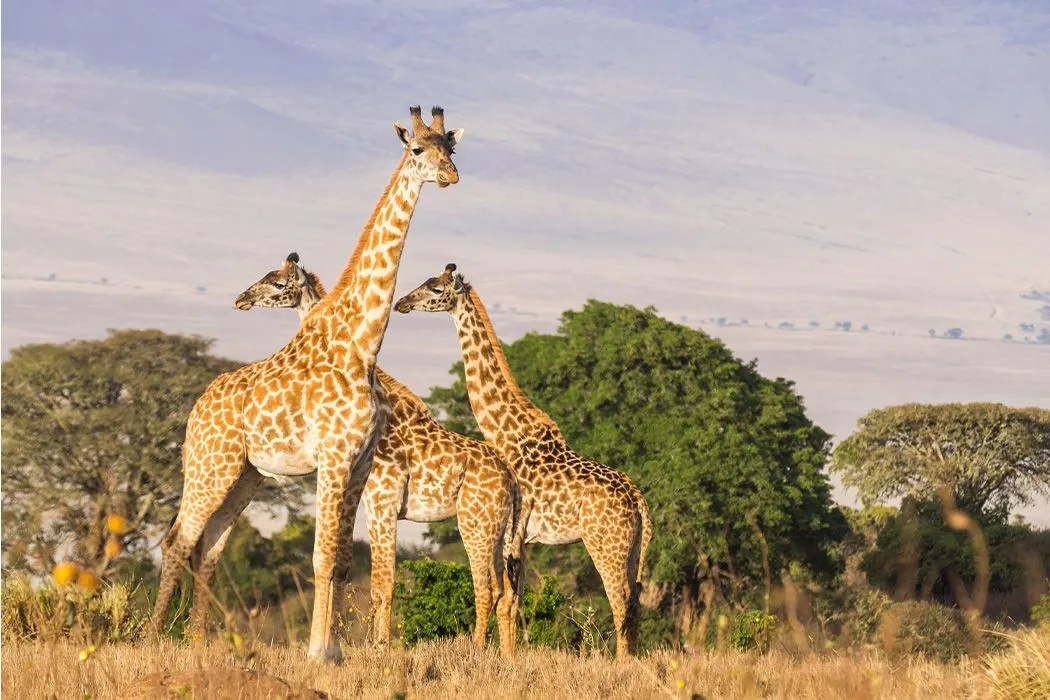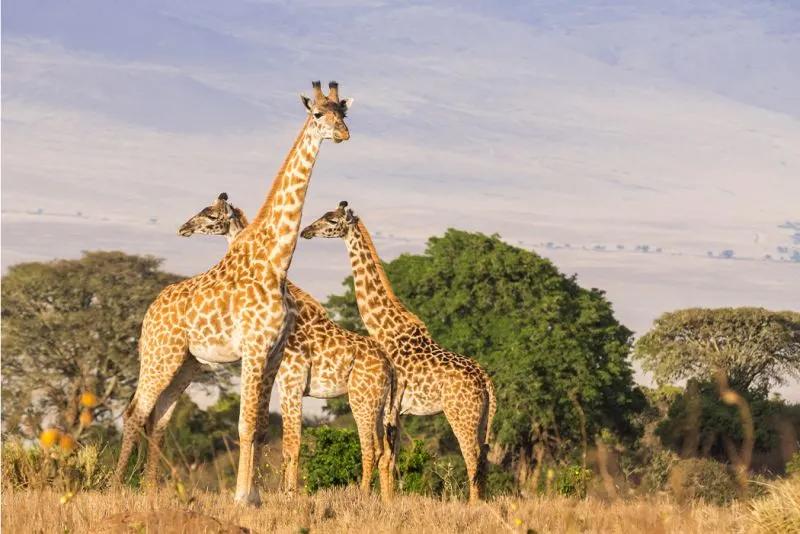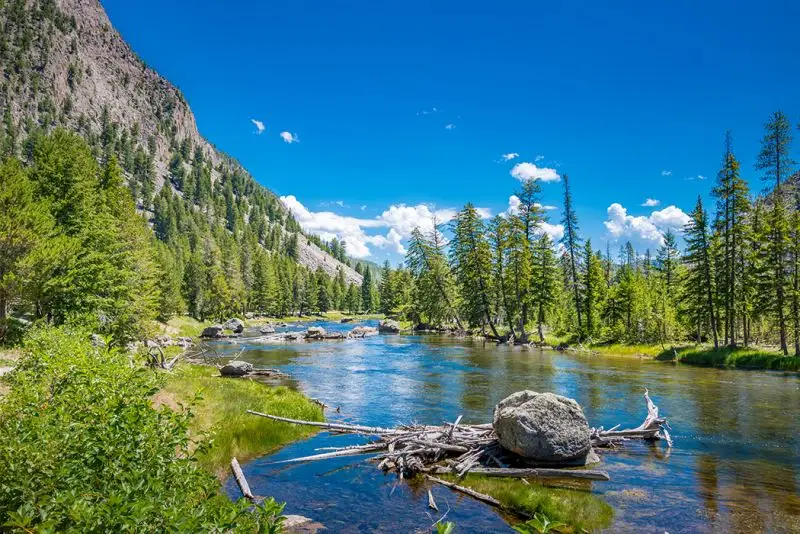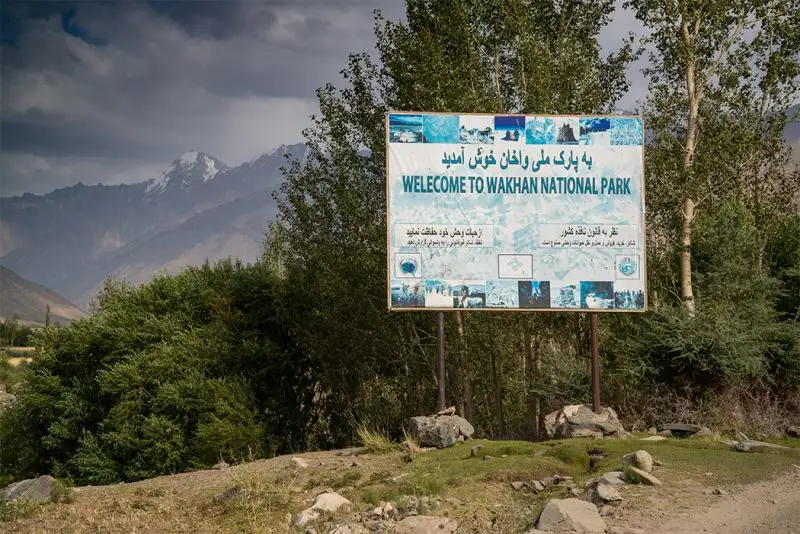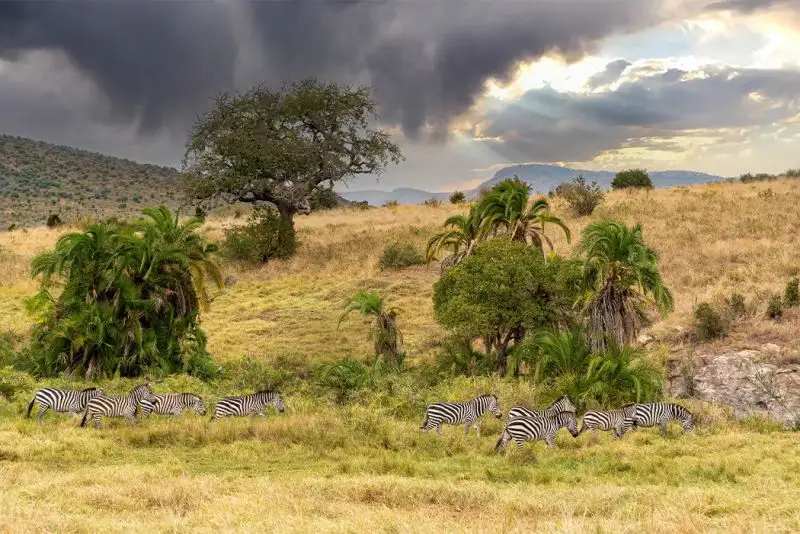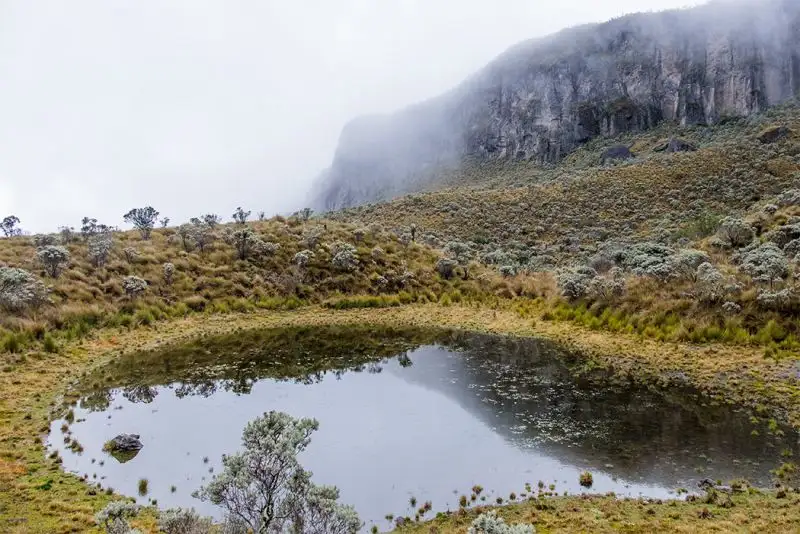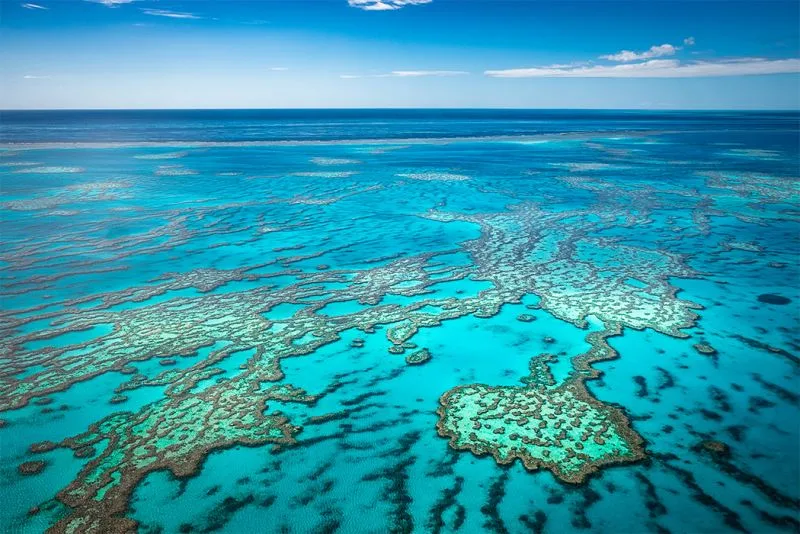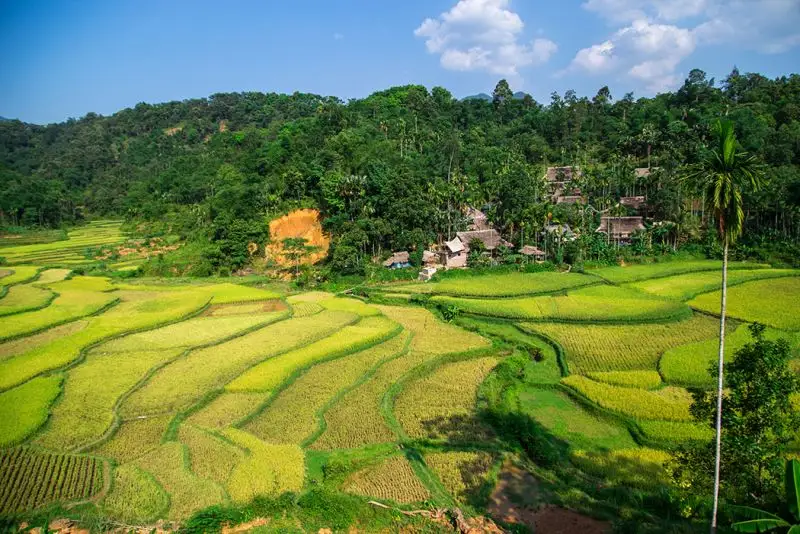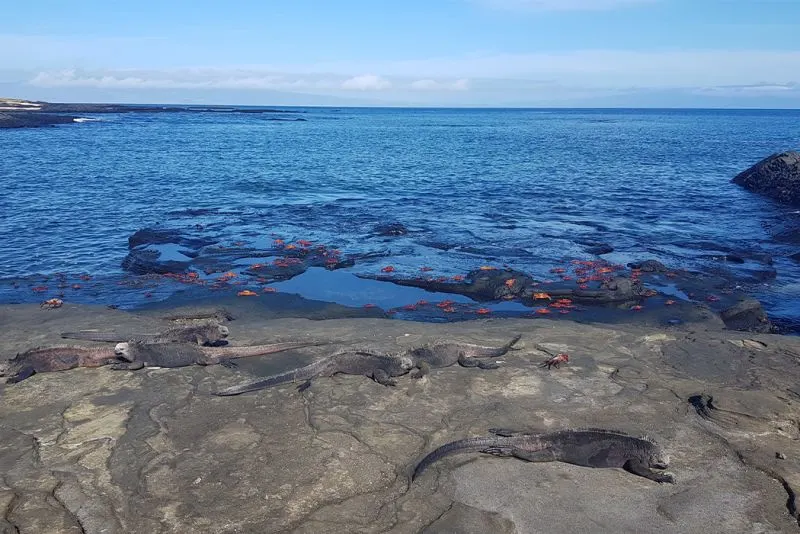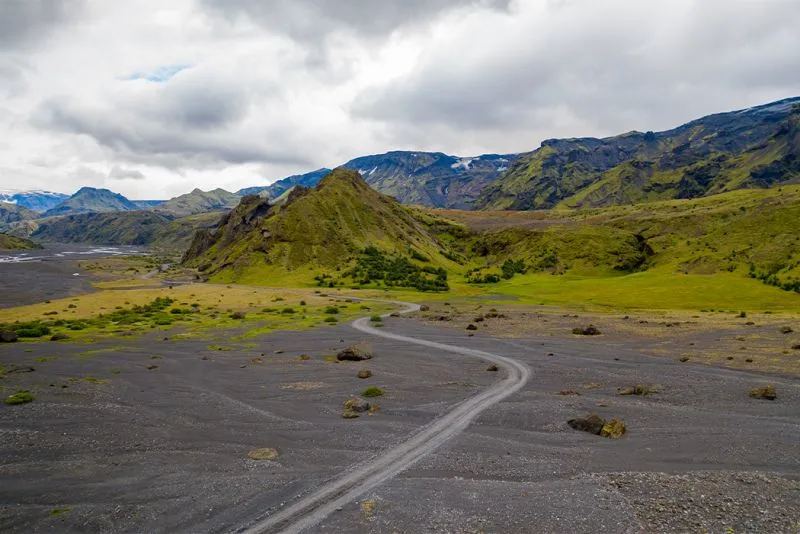A nature reserve is an area with important flora, fauna, and geological features and is protected to conserve and provide an avenue for further research. Some have unique bio-diversity that gives them the required environment to host their unique species. Below are ten marvelous nature reserves found around the world.

